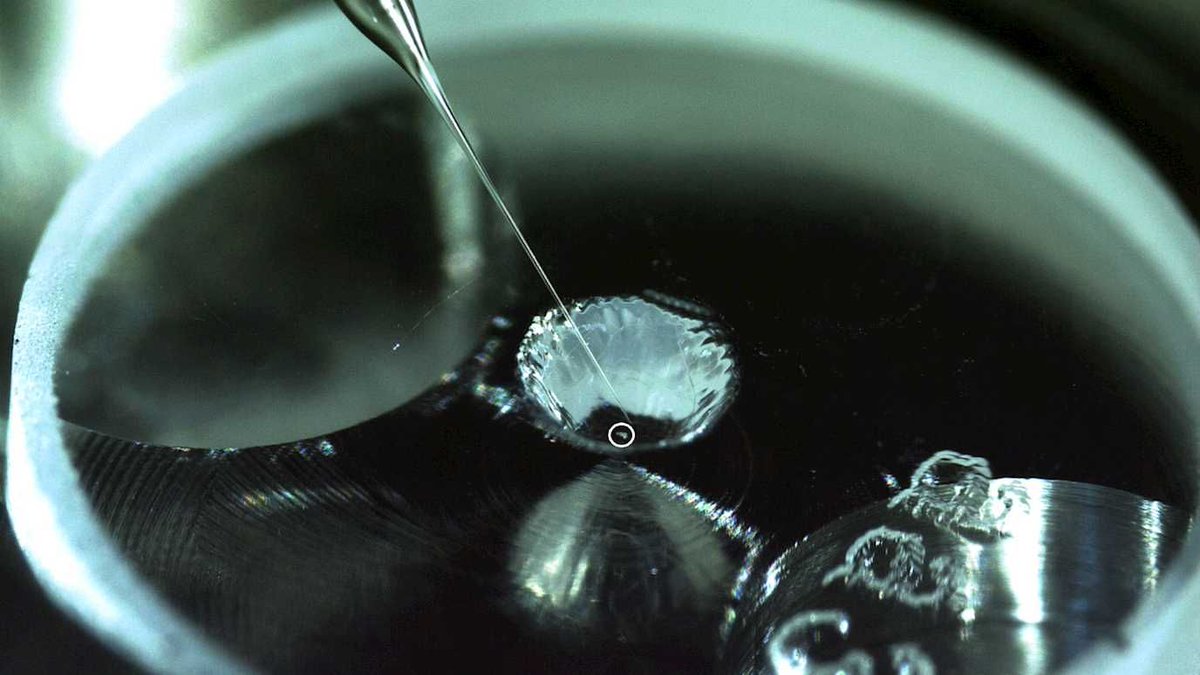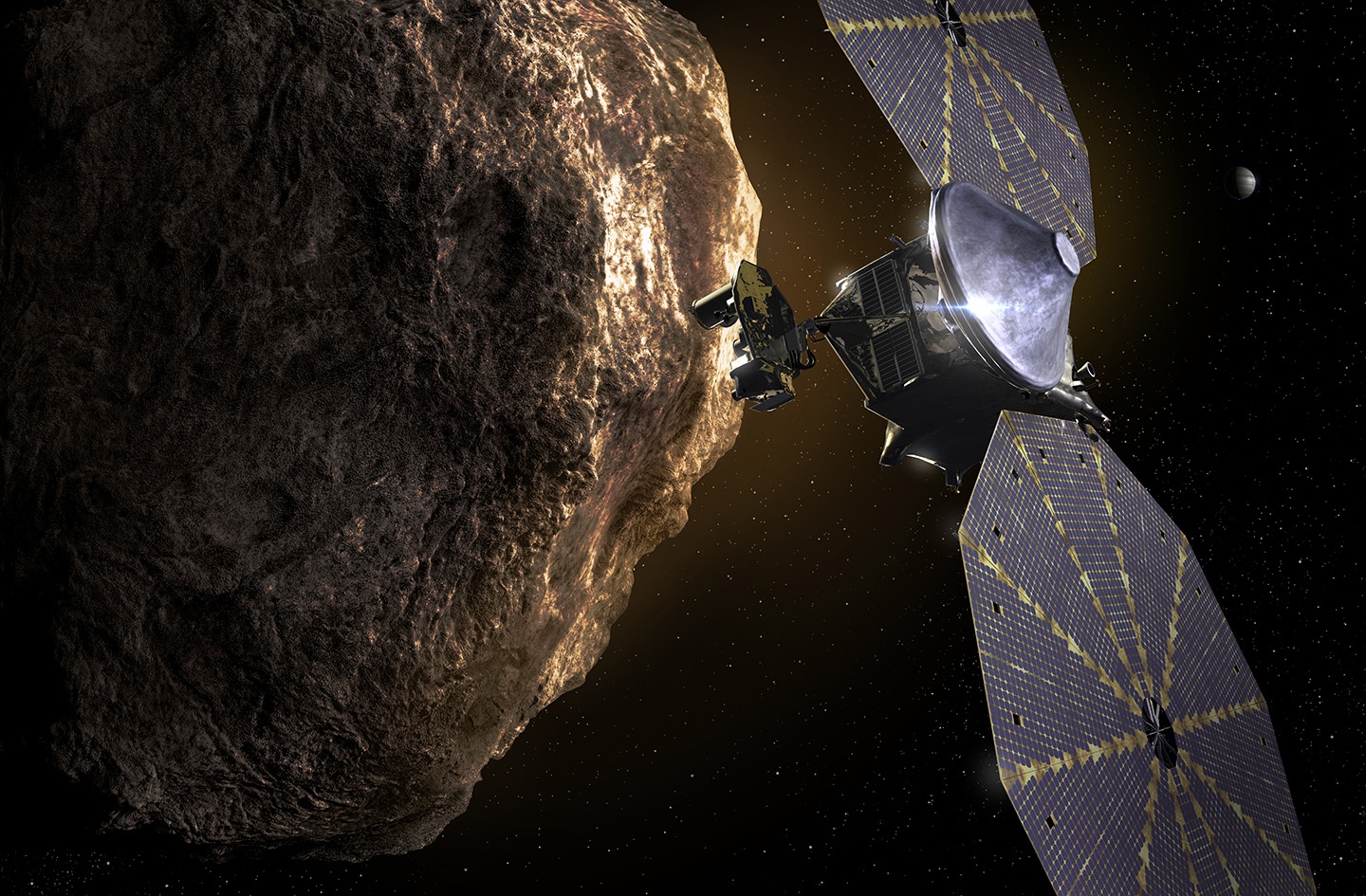Panspermia is an idea that has been around for a long time. It was first mentioned in the 5th century BC by Anaxagoras, one of the most prominent pre-Socratic philosophers. The problem with the theory is that there’s never really been any evidence to back it up. That lack of evidence has changed dramatically in the last 20 or so years, and recently more data has been added to that dataset. A team from Royal Holloway, part of the University of London, found organic material and water in a sample of Itokawa, the asteroid the first Hayabusa mission visited over 10 years ago.
Continue reading “Organic Material Found on an Asteroid Sample Returned by Hayabusa 1”Dust in the Chixalub Crater Makes the Compelling Case That an Asteroid Wiped out the Dinosaurs 65 Million Years ago
For decades scientists have believed that an asteroid impact event ended the era of the dinosaurs 66 million years ago. Now, analysis from the crater site itself seals the deal: the same elements that were deposited around the world from the impact have been found inside the crater itself.
Continue reading “Dust in the Chixalub Crater Makes the Compelling Case That an Asteroid Wiped out the Dinosaurs 65 Million Years ago”Jupiter has Added a Comet to its Trojan Collection
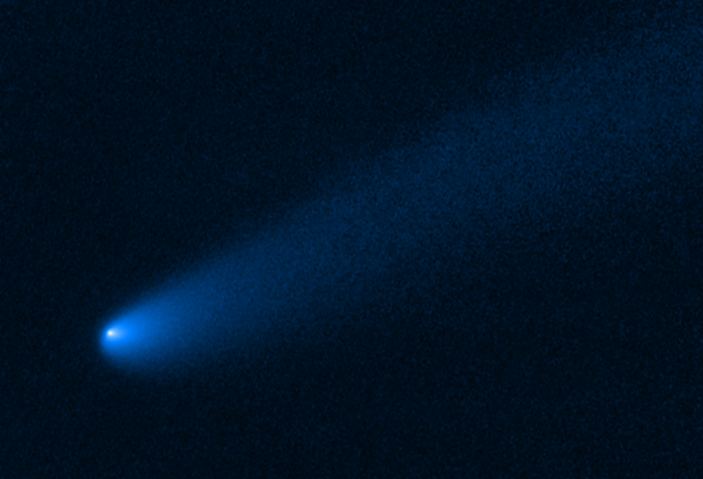
Jupiter is notorious for capturing objects that venture too close to the gas giant and its enormous pull of gravity. Asteroids known as Jupiter Trojans are a large group of space rocks that have been snared by the planet, which usually remain in a stable orbit near one of the Jupiter’s Lagrangian points.
But now, the Hubble Space Telescope has spotted a comet near Jupiter’s Trojan asteroid population. This is the first time a comet has been found in this region, and the team of scientists studying the object – named P/2019 LD2 (LD2) – think the unexpected comet is only a temporary visitor.
Continue reading “Jupiter has Added a Comet to its Trojan Collection”Jupiter’s Trojan Asteroids Offer Surprises Even Before NASA’s Lucy Mission has a Chance to Visit Them.
A new study out this month suggests that Jupiter’s Trojan asteroids may be more peculiar than previously thought. The Trojan asteroids are rocky objects which orbit the Sun just ahead of and just behind the gas giant, in gravitational sweet spots known as Lagrange points. The swarm ahead of Jupiter, known as the L4 (Greek) group, is slightly larger than the L5 (Trojan) swarm behind, but until now, astronomers believed that there was otherwise little differentiation between the two swarms. The paper released this month appears to change that.
Continue reading “Jupiter’s Trojan Asteroids Offer Surprises Even Before NASA’s Lucy Mission has a Chance to Visit Them.”OSIRIS-REx is Heading for Home in May

The OSIRIS-REx team decided to delay the spacecraft’s departure from asteroid Bennu for two months. The departure window opens in March 2021, and the original plan had OSIRIS-REx setting course for Earth on March 3, to bring home the asteroid samples it collected last October.
Now, a revised timeline has the spacecraft leaving Bennu on May 10, 2021. This won’t affect the target delivery data of September of 2023, but it will allow for more observations of the asteroid.
Continue reading “OSIRIS-REx is Heading for Home in May”Here’s the Asteroid Hayabusa2 is Going to be Visiting Next
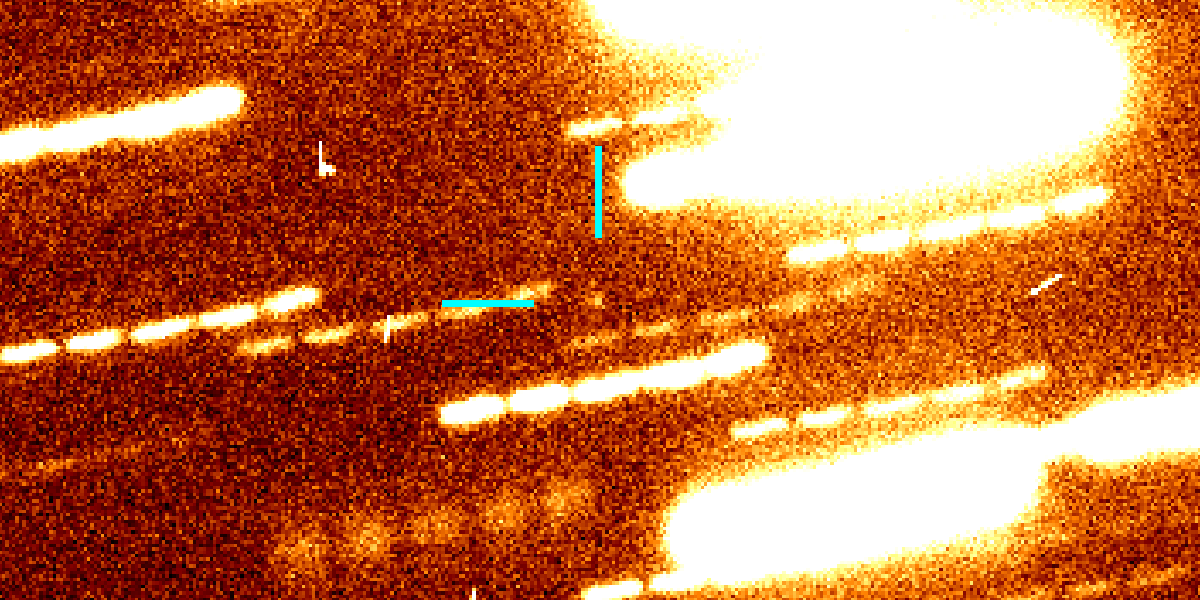
Check out this image of asteroid 1998 KY26 from the Subaru Telescope. It’s not exactly beautiful, but it’s not intended to be. The compelling thing about this image isn’t its attractiveness, it’s the context. This small asteroid is the next target for Japan’s Hayabusa2 spacecraft.
Continue reading “Here’s the Asteroid Hayabusa2 is Going to be Visiting Next”Even the Outside of Hayabusa 2’s Sample Capsule has Asteroid Debris on it
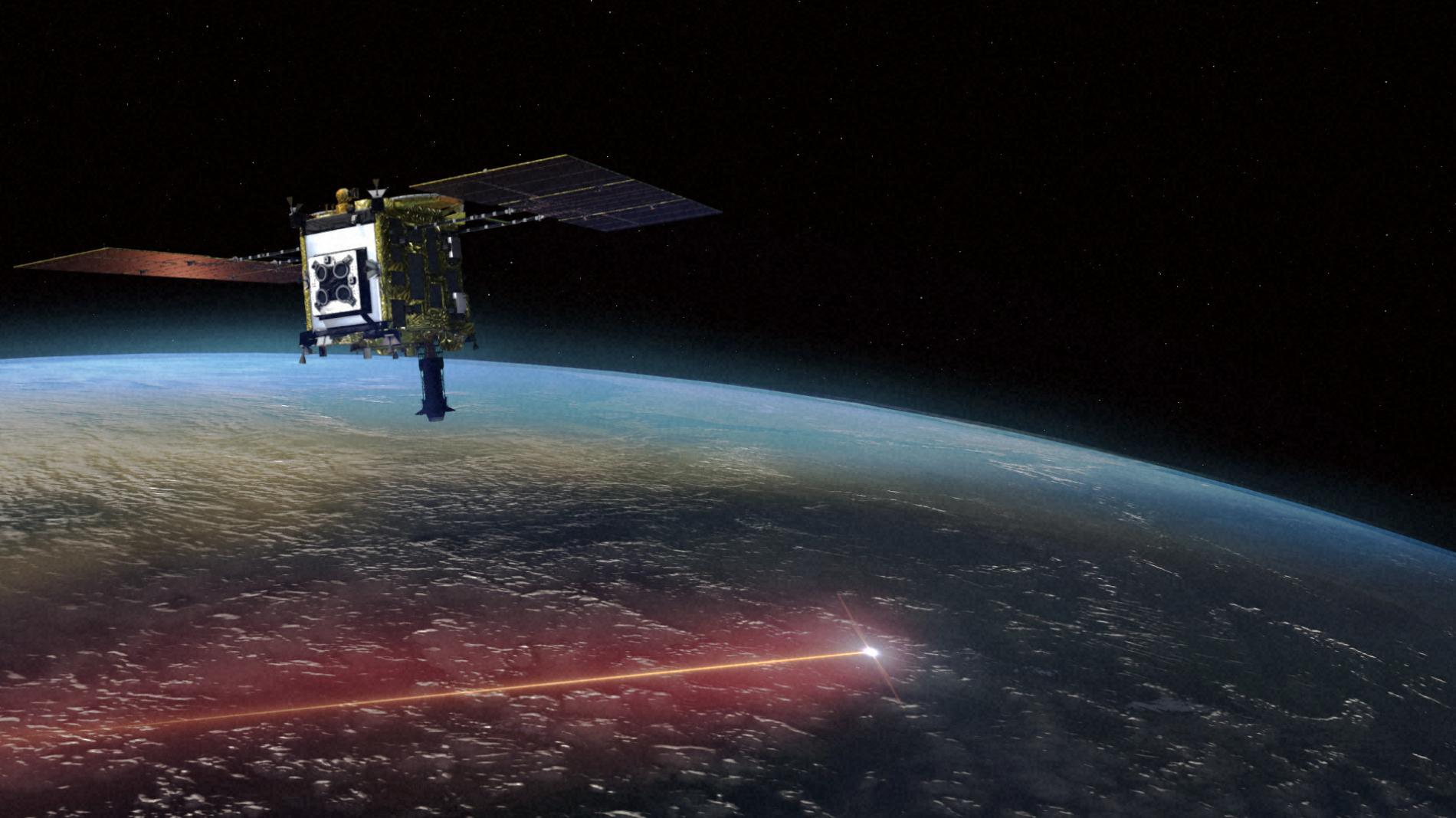
On December 5th, 2020, the Japanese Aerospace Exploration Agency’s (JAXA) Hayabusa 2 mission sent a sample capsule home containing debris from the near-Earth asteroid (NEA) 162173 Ryugu. This was the culmination of the probe’s first six years in space, which launched in Dec. 2014 and rendezvoused with Ryugu in June 2018. While the probe sets its sights on its new targets, scientists will be busy analyzing the Ryugu sample.
One thing they noticed immediately after opening the shell on Monday (Dec. 21st) was the black sandy dust that lined the capsule’s outer shell. According to a statement issued by JAXA, the black sand is material taken from the surface of Ryugu. Considering what’s inside sample chamber A, it appears that the amount of material obtained by Hayabusa 2 is more substantial than previously thought.
Continue reading “Even the Outside of Hayabusa 2’s Sample Capsule has Asteroid Debris on it”We’re About to Find Out How Well Biomining Works in Space
Mining is traditionally thought of as an activity that utilizes picks and shovels, or in more modern times, huge machines that can tear apart entire mountainsides in minutes. Industrial might isn’t the only way to rip apart rock though. A scalable and much more environmentally friendly way to access the materials mining seeks to extract is to use microbes. Such techniques are already widely used in terrestrial mining operations. But recently, a team led by the University of Edinburgh have launched an asteroid mining experiment using microbes on the International Space Station (ISS).
Continue reading “We’re About to Find Out How Well Biomining Works in Space”Japan’s Hayabusa 2 Probe Drops Off Bits of an Asteroid and Heads for Its Next Target

Japan’s Hayabusa 2 probe zoomed past Earth on December 5th and dropped off a capsule containing bits of an asteroid, finishing a six-year round trip.
But the mission is far from over: While Hayabusa 2’s parachute-equipped sample capsule descended to the Australian Outback, its mothership set a new course for an encounter with yet another asteroid in 2031.
Hayabusa 2’s prime objective was to deliver bits of Ryugu, an asteroid that’s currently 11.6 million kilometers from Earth. Mission controllers at the Japan Aerospace Exploration Agency, or JAXA, cheered and laughed when word came that the capsule had survived atmospheric re-entry.
Imagery captured by tracking cameras — and from the International Space Station — showed the capsule streaking like a fireball across the sky as it decelerated from an initial speed of 43,000 kilometers per hour.
Continue reading “Japan’s Hayabusa 2 Probe Drops Off Bits of an Asteroid and Heads for Its Next Target”Hayabusa 2’s Sample is Landing on Earth December 6th
Japan’s Hayabusa 2 spacecraft is nearly back home, with precious cargo aboard! The sample-return mission departed asteroid Ryugu (162173 Ryugu) a little over a year ago, with soil samples and data that could provide clues to the early days of our Solar System. On December 6, 2020, the sample return container is set to land in the Australian outback.
Continue reading “Hayabusa 2’s Sample is Landing on Earth December 6th”
